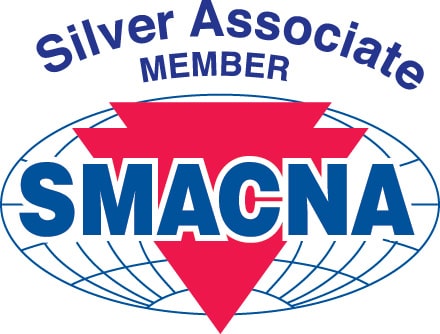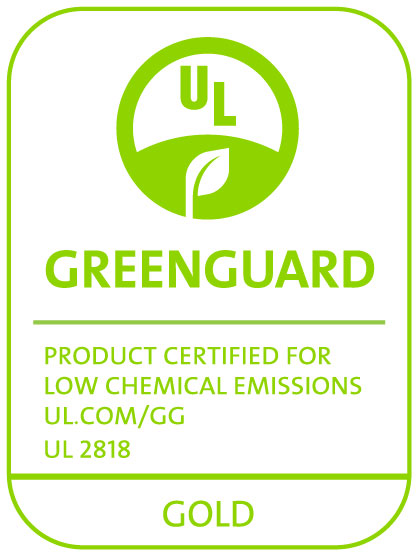When it comes to insulating chilled water systems, making the right choice can have a significant impact on efficiency, cost savings, and long-term performance. In this article, we’ll explore why closed-cell elastomeric insulation, particularly AEROFLEX EPDM™, is the preferred choice over open-cell fiberglass insulation. AEROFLEX EPDM offers a range of versatile products designed to meet the unique needs of various applications, from HVAC and VRF to refrigeration and plumbing.
Understanding the Purpose of Pipe Insulation
Before delving into the specifics, it’s essential to understand the primary objectives of pipe insulation:
- Save Energy: Minimize heat gain or loss.
- Improve Process Performance: Ensure efficient operation of the system.
- Condensation Control: Prevent moisture-related issues.
- Freeze Protection: Protect pipes from freezing in cold environments.
- Personnel Protection: Maintain safe surface temperatures.
- Attenuate Noise: Reduce sound transmission.
- Reduce Emissions: Contribute to sustainability efforts.
- Maximize ROI: Achieve cost-effectiveness.
To fulfill these purposes, different types of thermal insulation materials are available, each with distinct characteristics and applications.
Closed-Cell vs. Open-Cell: A Critical Distinction
In the world of thermal insulation, two fundamental categories exist: closed-cell and open-cell insulation. The choice between these two categories significantly impacts insulation effectiveness and performance.
Closed-Cell Insulation:
Known for its non-conductive properties, closed-cell insulation offers excellent thermal resistance. It consists of tiny, sealed cells that trap air, creating an efficient barrier against heat transfer. Closed-cell insulation also comes with a variety of advantages, such as resistance to moisture, durability, and a higher thermal efficiency rating.
Open-Cell Insulation:
Open-cell insulation, on the other hand, features interconnected cells that allow air and moisture to pass through. While open-cell insulation can have its uses, it is generally less effective at preventing heat transfer and is more prone to moisture-related issues.
Why Closed-Cell Elastomeric Insulation Outperforms
Now, let’s explore why closed-cell elastomeric insulation, like AEROFLEX EPDM, stands as the superior choice for chilled water systems:
- Thermal Efficiency: Closed-cell elastomeric insulation boasts a low thermal conductivity (k-value), making it highly efficient at reducing heat gain or loss. AEROFLEX EPDM™, with a k-value of 0.245 at 75°F, excels in this regard.
- Durability: The EPDM rubber used in AEROFLEX EPDM™ is known for its stability and durability. It can withstand a wide range of temperatures, with a continuous threshold of 257°F (125°C), ensuring long-term performance.
- Condensation Control: Closed-cell structure naturally includes a built-in vapor retarder, making it exceptionally effective at controlling condensation. This is vital to prevent corrosion under insulation (CUI) and costly repairs.
- Versatility: AEROFLEX EPDM™ insulation is available in various formulations, making it suitable for a wide range of applications, from HVAC to plumbing.
- Safety: By reducing surface temperatures, closed-cell elastomeric insulation enhances personnel safety. It also attenuates sound, offering noise abatement benefits.
- Environmental Benefits: Closed-cell elastomeric insulation contributes to emission reductions by conserving energy and reducing fossil fuel depletion.
- Maximizes ROI: Like many pipe insulation types, AEROFLEX EPDM™ delivers a quick return on investment due to its energy-saving properties and long-lasting performance.
EPDM vs. NBR/PVC: A Winning Combination
AEROFLEX USA’s AEROFLEX® brand sets itself apart from traditional NBR/PVC-manufactured products by utilizing EPDM (ethylene propylene diene monomer) rubber. EPDM offers several advantages:
- Non-Polar: EPDM is hydrophobic and does not react with moisture.
- Stable and Durable: Its chemical structure ensures long-term performance.
- UV Resistance: EPDM has greater resistance to ultraviolet (UV) exposure.
- Microbial Resistance: It is inherently resistant to microbial growth.
- Non-Corrosive: EPDM does not corrode stainless steel.
- Low PVC Content: AEROFLEX EPDM™ contains less than 1% PVC.
EPDM rubber’s durability is exemplified by its presence in various automotive components, including hoses, weatherstripping, and wiper blades, where it withstands heat, moisture, and UV exposure.
Conclusion
When it comes to insulating chilled water systems, the choice is clear – closed-cell elastomeric insulation outperforms open-cell fiberglass insulation in every aspect. It excels in thermal efficiency, condensation control, durability, and safety. By choosing closed-cell elastomeric insulation, you’re not only ensuring the long-term performance of your systems but also contributing to energy savings and environmental sustainability. Make the smart choice for your chilled water systems and experience the benefits of closed-cell elastomeric insulation.











